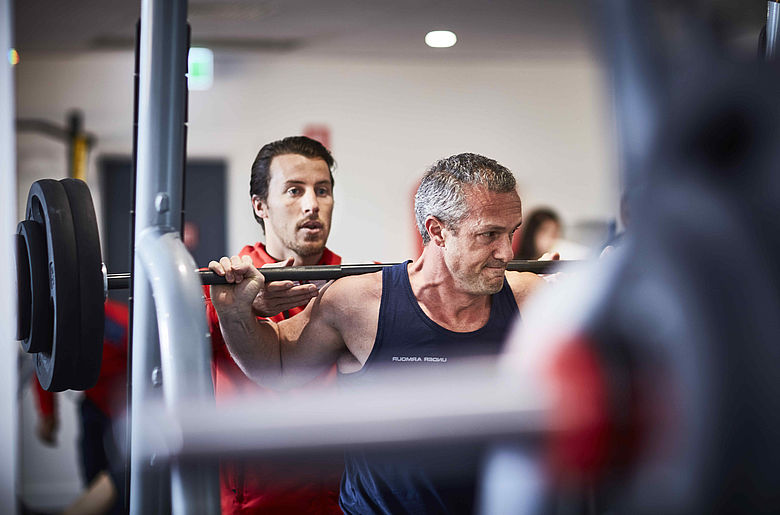What are the glutes and what do they do?
Your glute muscles include the gluteus maximus, gluteus medius and gluteus minimus. They are the largest muscles in the body and they play a major role in overall body strength. They help maintain posture and are particularly important when performing compound movements.
Why should you train your glutes?
Many people have a desire to have a nice-looking butt. Aesthetics aside, strong glutes are functionally important. Many people have very sedentary lifestyles, with lots of time sitting for our jobs and then sitting to relax. This can result in inactive and weak glutes. Symptoms of weak or inactive glutes include: tight hip flexors, knee pain, low back pain, weak ankles and knee valgus (knee caving in). These can all have significant implications on general wellbeing. When training and performing movements such as squats, lunges and deadlifts, weak glutes can result in improper form, sometimes resulting in the wrong muscles being engaged during the workout which can further exacerbate the problems mentioned above.
Advantages of strengthening the glutes include:
-
Improved posture and reduced back pain – glutes play a major role in stabilisation. When glute muscles are weak, other muscles may overcompensate which can result in unnatural alignment of the shoulders and/or pelvis, resulting in poor posture and pain
-
Injury prevention – when the glutes are weak, they may not be able to perform their main function: hip extension. If the glutes can’t perform this movement, other muscles will take-over. However, those muscles are not designed to perform that movement and can become fatigued and stressed fairly quickly. Strong glutes decrease the risk of injury to other areas of the body.
-
Athletic performance – glutes are responsible for accelerating, decelerating, changing direction and creating explosive power in jumps. In athletes, strong glutes help improve strength and power during activity. Those with stronger and more developed glutes will be faster and more explosive in their movements.
Glute Activation
It is important to activate or “switch on” the glutes before training otherwise other muscles may get involved when they shouldn’t, and this can result in further discrepancies. Bodyweight glute activation exercises are an excellent starting point. They also help to ensure that the mind-to-muscle connection is strong before adding load. This is where you can identify how the glutes should feel while activated and so you can work to maintain that sensation when you are doing your squats, hip thrusts and lunges. Great glute activation exercises include clams, crab walks, donkey kicks, glute bridge thrusts and single leg hip thrusts.
Exercises that target the glutes:
Variety in training is key! Deadlifts and squats alone will not do the trick. Barbell hip thrusts are great for the glutes, as are reverse lunges, step ups, frog pumps, RDLs and Bulgarian split squats. If you are unsure as to how to execute these movements, make sure you check with your coach. Correct form is vital if you want to see results and reduce the risk of injury.
And remember, going super heavy isn’t always the key. Moving a load is very different to loading a movement. It’s important to consider how many other muscles might get involved when you’re attempting to lift heavy, which may take the emphasis away from the muscles you want to target. It’s sometimes better to go lighter and complete more repetitions with correct form than it is to try and move a heavier load and risk doing the movement incorrectly.

